When to Question Regulations: Two Real-World Examples
As someone that works with dangerous goods, I know it’s important to stay informed about the regulations that could impact your operations. But, when is it appropriate to question certain parts of the regulations? At ICC we believe that questioning regulations is not a bad thing—especially if you think there might be an error or discrepancy in the regulations or if you want to understand why a regulation might be different from other ones. Here are two real-life examples of clients who called us asking to enquire about something they were missing.
Case 1: Product placarding requirements for combustible liquids
One of our clients contacted us due to a small dispute between a US-based carrier and a Canadian consignor. The US carrier was picking up a bulk liquid shipment that was returning to the US having a flash point greater than 60 but less than 93 deg Celsius. The driver wanted placards, but the Canadian consignor disagreed with the requirements. The consignor was specifically referring to 1.34 Flammable Liquids, Flash Point Greater Than 60°C but Less Than or Equal to 93°C of the TDGR. The word “may” be transported as a flammable liquid packaging group III, means there are no obligations on this part to placard. But the US carrier knew that this product in bulk shipment was regulated under 49 CFR § 173.150 (f) in which combustible liquids that are shipped in bulk require placarding (49 CFR 173.150(f)(3)(iv)). So, what do you do in this case? At ICC we advised the following under 1.11 of the TDGR, which allows the use of 49 CFR for Non-Regulated Dangerous Goods in Canada, and it states the following:
“When a substance is regulated in the United States by 49 CFR but is not regulated in Canada by these Regulations, a person may transport the substance between Canada and the United States by road vehicle or railway vehicle in accordance with all or part of 49 CFR.”
Case 2: Typo in the regulations
Another one of our clients contacted us because they were confused about why their product UN3504, Chemical under pressure, flammable toxic, n.o.s., under schedule 1, was classified as 2.2 (6.1), and under 49 CFR hazardous materials table is was 2.1 (6.1). We contacted Transport Canada and inquired about why there are differences between the two countries in the classification. ICC was then advised it was a typo that occurred in 2019 while updating the regulations, and that it would be fixed this year. Thus, confirming in this case UN3504 is the correct classification is 2.1 (6.1) and not 2.2 (6.1).
At ICC, we believe it’s essential for business owners to stay informed about relevant regulations in order to keep operations running smoothly and efficiently. That being said, we also understand that sometimes there are discrepancies or misunderstandings in the regulations—which is why we encourage businesses to reach out and ask questions whenever necessary. With over 35 years of experience in dangerous goods compliance, you can trust that our team will provide you with accurate answers every time! Our team of Regulatory Experts is just a call away for our customers at 855.734.5469 or send us an email, we’re happy to help.
Stay up to date and sign up for our newsletter!
We have all the products, services and training you need to ensure your staff is properly trained and informed.
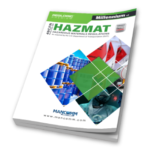 49 CFR Publications 49 CFR Publications |
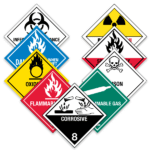 Worded Labels Worded Labels |


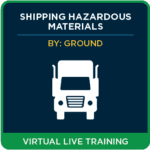 Shipping Hazardous Materials
Shipping Hazardous Materials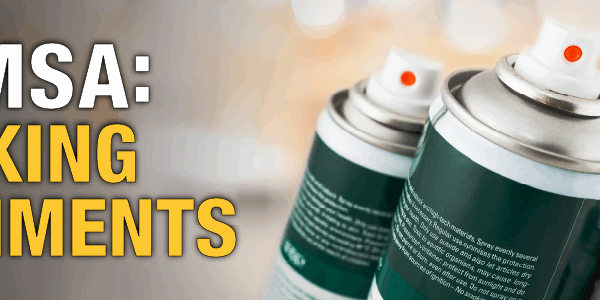
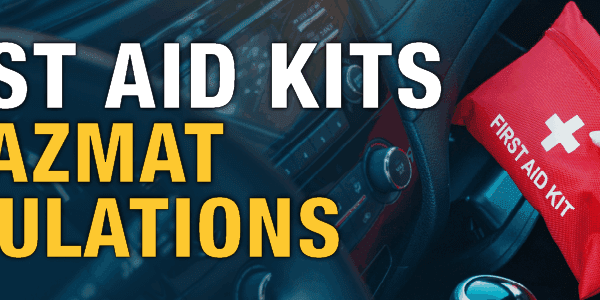



 ICC USA
ICC USA ICC Canada
ICC Canada